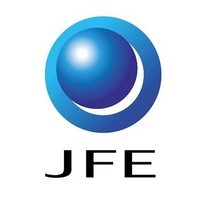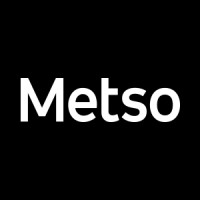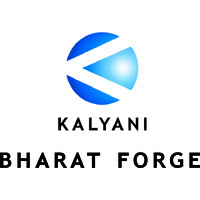Company Cyber Security Posture
NANA
NA Company Details
NA
NA
NA
NA
NA
NA
Scan still pending
NA
NA
Between 200 and 800
This score is AI-generated and less favored by cyber insurers, who prefer the TPRM score.
 NA Global Score
NA Global Score.png)

Company Scoring based on AI Models
| Model Name | Date | Description | Current Score Difference | Score |
|---|---|---|---|---|
| AVERAGE-Industry | 03-12-2025 | This score represents the average cybersecurity rating of companies already scanned within the same industry. It provides a benchmark to compare an individual company's security posture against its industry peers. | N/A | Between 200 and 800 |
Company Cyber Security News & History
| Entity | Type | Severity | Impact | Seen | Url ID | Details | View |
|---|
Company Subsidiaries

NA
Access Data Using Our API

Get company history
.png)
NA Cyber Security News
New GEA Pavan cereal line makes pillow-shaped product
In the 1990s, many Polish consumers replaced traditional morning food like “jajecznica,” a large meal of eggs and sausages, with breakfast ...

NA Similar Companies

GEA Group
GEA is one of the largest technology suppliers for food processing and a wide range of other industries. The global group specializes in machinery, plants, as well as process technology and components. GEA provides sustainable solutions for sophisticated production processes in diverse end-user mar

JFE Steel Corporation
JFE Steel is a steelmaker engaged in the total steel-making process, taking iron ore raw material and turning it into final products. Boasting one of the world's greatest capacities for steel production, JFE Steel satisfies customers by producing steel under a corporate philosophy of "contributing t

Mitsubishi Heavy Industries
Mitsubishi Heavy Industries (MHI) Group is one of the world’s leading industrial firms. For more than 130 years, we have channeled big thinking into solutions that move the world forward – advancing the lives of everyone who shares our planet. We deliver innovative and integrated solutions across a

Schindler Group
The Schindler Group is a leading manufacturer and provider of related services for elevators, escalators, and moving walkways. Founded in 1874 in Switzerland, our company is at the forefront of industry innovation, working on pushing the boundaries of technological engineering, while having a stro

Metso
Metso is a frontrunner in sustainable technologies, end-to-end solutions and services for the aggregates, minerals processing and metals refining industries globally. By improving our customers’ energy and water efficiency, increasing their productivity, and reducing environmental risks with our p

Bharat Forge Ltd
Bharat Forge Limited (BFL), the Pune based Indian multinational is a technology driven global leader in metal forming having transcontinental presence across eight manufacturing locations, serving several sectors including automotive, power, oil and gas, construction & mining, locomotive, marine and

Frequently Asked Questions
Explore insights on cybersecurity incidents, risk posture, and Rankiteo's assessments.
NA CyberSecurity History Information
How many cyber incidents has NA faced?
Total Incidents: According to Rankiteo, NA has faced 0 incidents in the past.
What types of cybersecurity incidents have occurred at NA?
Incident Types: The types of cybersecurity incidents that have occurred include .
Additional Questions
What Do We Measure?
















Every week, Rankiteo analyzes billions of signals to give organizations a sharper, faster view of emerging risks. With deeper, more actionable intelligence at their fingertips, security teams can outpace threat actors, respond instantly to Zero-Day attacks, and dramatically shrink their risk exposure window.
These are some of the factors we use to calculate the overall score:
Identify exposed access points, detect misconfigured SSL certificates, and uncover vulnerabilities across the network infrastructure.
Gain visibility into the software components used within an organization to detect vulnerabilities, manage risk, and ensure supply chain security.
Monitor and manage all IT assets and their configurations to ensure accurate, real-time visibility across the company's technology environment.
Leverage real-time insights on active threats, malware campaigns, and emerging vulnerabilities to proactively defend against evolving cyberattacks.




